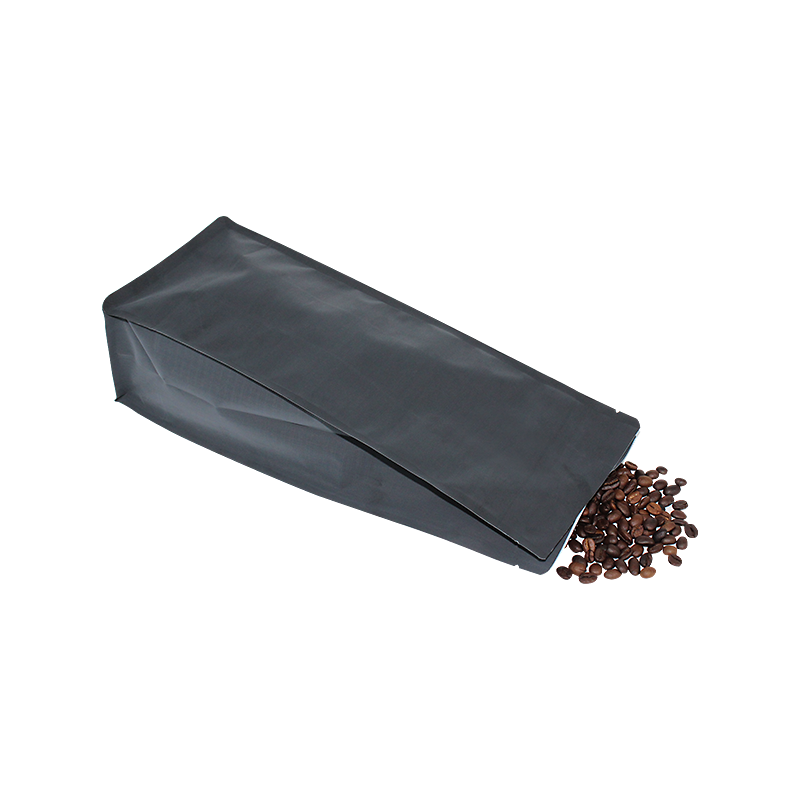- Afrikaans
- Albanian
- Amharic
- Arabic
- Armenian
- Azerbaijani
- Basque
- Belarusian
- Bengali
- Bosnian
- Bulgarian
- Catalan
- Cebuano
- chinese_simplified
- chinese_traditional
- Corsican
- Croatian
- Czech
- Danish
- Dutch
- English
- Esperanto
- Estonian
- Finnish
- French
- Frisian
- Galician
- Georgian
- German
- Greek
- Gujarati
- haitian_creole
- hausa
- hawaiian
- Hebrew
- Hindi
- Miao
- Hungarian
- Icelandic
- igbo
- Indonesian
- irish
- Italian
- Japanese
- Javanese
- Kannada
- kazakh
- Khmer
- Rwandese
- Korean
- Kurdish
- Kyrgyz
- Lao
- Latin
- Latvian
- Lithuanian
- Luxembourgish
- Macedonian
- Malgashi
- Malay
- Malayalam
- Maltese
- Maori
- Marathi
- Mongolian
- Myanmar
- Nepali
- Norwegian
- Norwegian
- Occitan
- Pashto
- Persian
- Polish
- Portuguese
- Punjabi
- Romanian
- Russian
- Samoan
- scottish-gaelic
- Serbian
- Sesotho
- Shona
- Sindhi
- Sinhala
- Slovak
- Slovenian
- Somali
- Spanish
- Sundanese
- Swahili
- Swedish
- Tagalog
- Tajik
- Tamil
- Tatar
- Telugu
- Thai
- Turkish
- Turkmen
- Ukrainian
- Urdu
- Uighur
- Uzbek
- Vietnamese
- Welsh
- Bantu
- Yiddish
- Yoruba
- Zulu
shop display
The Art of Shop Display Captivating Customers through Visual Merchandising
In the competitive world of retail, the way products are displayed can significantly impact customer engagement and sales. Shop display, often referred to as visual merchandising, is an essential marketing tool that transforms a store's space into an appealing and immersive shopping experience. It involves the strategic arrangement of products, lighting, colors, and textures to create an inviting atmosphere that attracts customers and encourages them to make purchases.
One of the central goals of shop display is to create a strong first impression. When potential customers walk past a store, the visual appeal of the window display can be the deciding factor on whether they choose to enter. A well-designed window display captures attention and conveys the brand's identity. For instance, a high-end fashion boutique might use elegant mannequins dressed in the latest styles, complemented by soft lighting and a minimalist design to evoke a sense of luxury. Conversely, a toy store might adopt bright colors and playful arrangements to attract families and children.
Beyond aesthetics, effective shop displays also tell a story. They can highlight seasonal themes, promotional offers, or new arrivals, guiding customers through a curated experience that reflects the brand's narrative. For example, during the holiday season, stores often use festive decorations, seasonal colors, and themed arrangements to create a sense of excitement and urgency. This storytelling aspect not only enhances the shopping experience but also fosters an emotional connection between the customer and the brand.
shop display

Product placement is another critical component of shop display
. Retailers employ various techniques to strategically position items in ways that maximize visibility and accessibility. High-demand products are often placed at eye level, while complementary items are showcased nearby to encourage cross-selling. For example, a grocery store might place chips next to salsa or dips, enticing customers to buy both products together. Additionally, using signage and props can effectively draw attention to specific items or promotions, guiding customers to desired products without overwhelming them.Lighting plays a pivotal role in the effectiveness of shop display. The right lighting can enhance the colors and textures of products, create mood and ambiance, and highlight key areas of the store. Soft, warm lighting can make a space feel cozy and inviting, while bright, focused lighting can draw attention to specific merchandise. Retailers often use a combination of ambient, task, and accent lighting to create a dynamic and engaging environment that captivates shoppers.
Moreover, the use of technology in shop displays has become increasingly popular. Digital displays, interactive screens, and augmented reality experiences can enhance the shopping experience by providing customers with additional information, engaging content, and immersive experiences. For example, a beauty store might use interactive screens that allow customers to test different makeup looks virtually, increasing engagement and excitement around the brand.
In conclusion, the art of shop display is a powerful tool for retailers. It goes beyond simply showcasing products; it creates an engaging and memorable shopping experience that can influence customer behavior and boost sales. By focusing on elements such as aesthetics, storytelling, product placement, lighting, and technology, retailers can cultivate an inviting atmosphere that not only attracts customers but also builds brand loyalty. In a world where consumers are bombarded with choices, an effective shop display can be the key differentiator that leads shoppers through the doors and into a world of delightful and thoughtful retail experiences.













